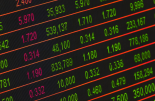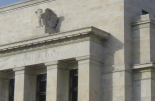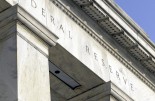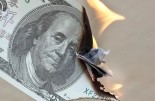Swissquote Bank: Bracing for impact as tariffs, trade talks collide
Swissquote Bank: Bracing for impact as tariffs, trade talks collide
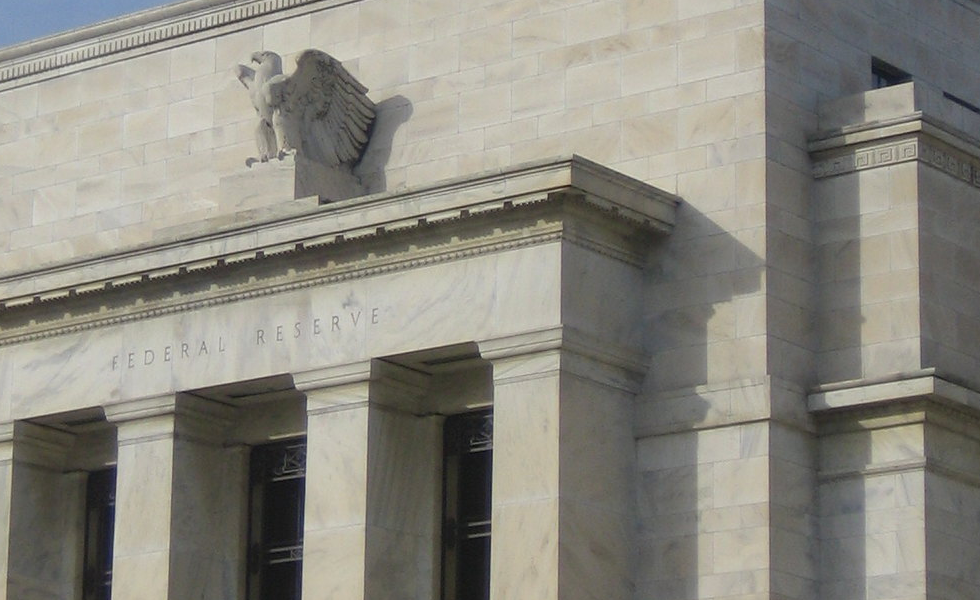
By Ipek Ozkardeskaya, Senior Analyst, Swissquote Bank
European stocks trade higher on optimism that a trade deal will be announced very soon, and that tariffs applied to European exports to the US will be around 10%. That’s why the Stoxx 600 extended gains above the 50-DMA, though optimism remains largely concentrated in Europe. Elsewhere, the news is far less reassuring.
First, hopes of an extension to the current tariff pause, which ends today, were dashed after Donald Trump threatened that the August 1st deadline will be final, with no further extensions. Second, he slapped a 50% tariff on copper and announced that pharmaceuticals will face 200% tariffs within a year. The news sent COMEX copper futures to a record high, while copper prices on other platforms like India’s MCX dropped in response to expectations that surplus supply would shift to alternative markets.
A 50% tariff will inevitably add to inflationary pressures, which had only just begun to level out. Later today, Federal Reserve (Fed) minutes are expected to confirm once again that officials believe aggressive tariff policies could stoke inflation in the second half of the year and limit the Fed’s ability to provide support to the US economy, even if that support isn't urgently needed given the resilience of US jobs data. That said, mass deportations are underway and intensifying. A recent Dallas Fed study predicts that deportations could subtract 1 percentage point from US GDP and increase inflation by 0.16 to 0.21 percentage points.
In summary, Trump is sowing the seeds of higher inflation and higher debt. To keep debt-to-GDP in check, the US would need to post strong growth, which may prove unrealistic. Consumer spending, a major driver of the US economy, is already showing signs of strain and revival of industrial production (the new American dream) may not fill in the gap as rapidly. For instance, the first few hours of Amazon’s Prime Day sales were 14% weaker than a year ago. Many sellers warned they would be unable to offer significant discounts due to tariff pressures, except for Amazon’s own products, which may be flying off the shelves at attractive prices for one last time as inventories built up in anticipation of turmoil begin to dwindle.
In this environment, inflation-protecting assets look increasingly appealing. Companies with the ability to pass on price increases to clients such as those in consumer staples, utilities, and healthcare are strong inflation hedges. Homebuilders could also perform well if they can raise home prices faster than input costs rise. And of course, metals themselves are a natural hedge in a commodity-led inflationary environment. In this context, SPDR’s Metals and Mining ETF has recovered its early 2025 dip and is now approaching its record high from last November. The UK’s FTSE 100, rich in mining stocks, trades just a few points below its own ATH. However, Australian miners like BHP and Rio Tinto are under pressure this morning as 50% tariffs could weigh on revenues depending on how much cost absorption is required and how demand responds to higher prices.
Interestingly, gold, which had been a top hedge against tariff risks, is losing steam. While the revival in tariff tensions might normally support the yellow metal, gold has slipped below its 50-DMA and is consolidating losses this morning.
Meanwhile, the US dollar, one of the biggest victims of Trump’s trade war, is recovering, even as the rest of the G10 complex comes under pressure. The EURUSD is testing the 1.17 support, Cable is nearing the 1.35 psychological level, and the kiwi held steady after the Reserve Bank of New Zealand (RBNZ) left rates unchanged as expected while leaving the door open to potential cuts in future meetings. The USDJPY surged past 147 amid escalating trade tensions with the US. The Nikkei remains under pressure near 40,000. Also in Japan, long-end yields are spiking, which could pose a threat to the recent global risk rally as discussed yesterday and is also dragging long-term global yields higher. The US 30-year yield flirted with 5% yesterday, while European yields rose to their highest levels in three weeks. Rising yields and borrowing costs are rarely good news for growth and earnings expectations if anyone still cares.
In energy, US crude remains capped near its 200-DMA, with rising OPEC output and an uncertain global outlook weighing on appetite near the key resistance at $68.70/bbl. Silver, meanwhile, is consolidating near all-time highs in a bid to catch up with gold. The gold/silver ratio has just slipped below 90, with a move toward 80 needed to return to historical norms. And given that gold bulls appear to be stalling, silver may still have more room to run.

